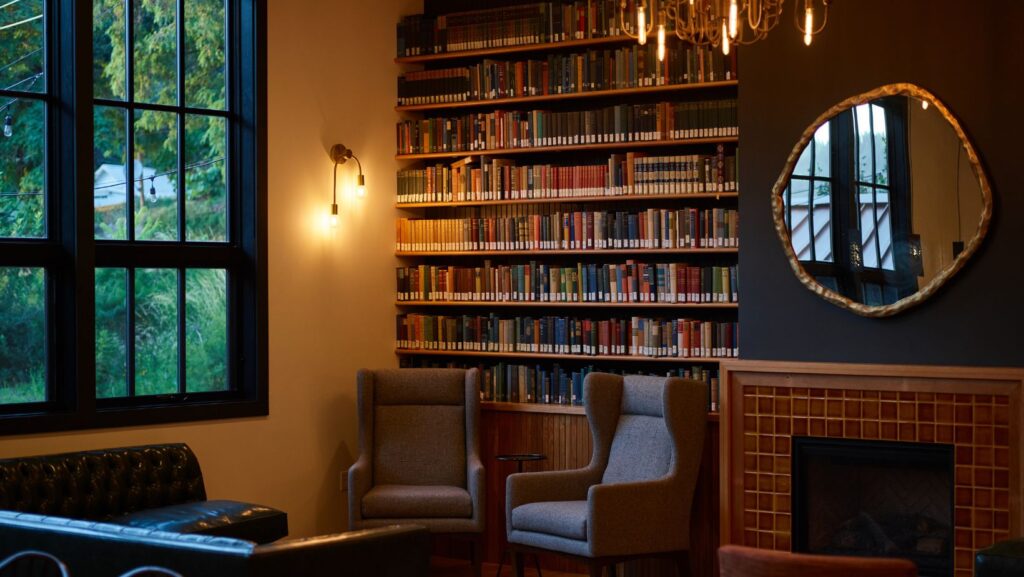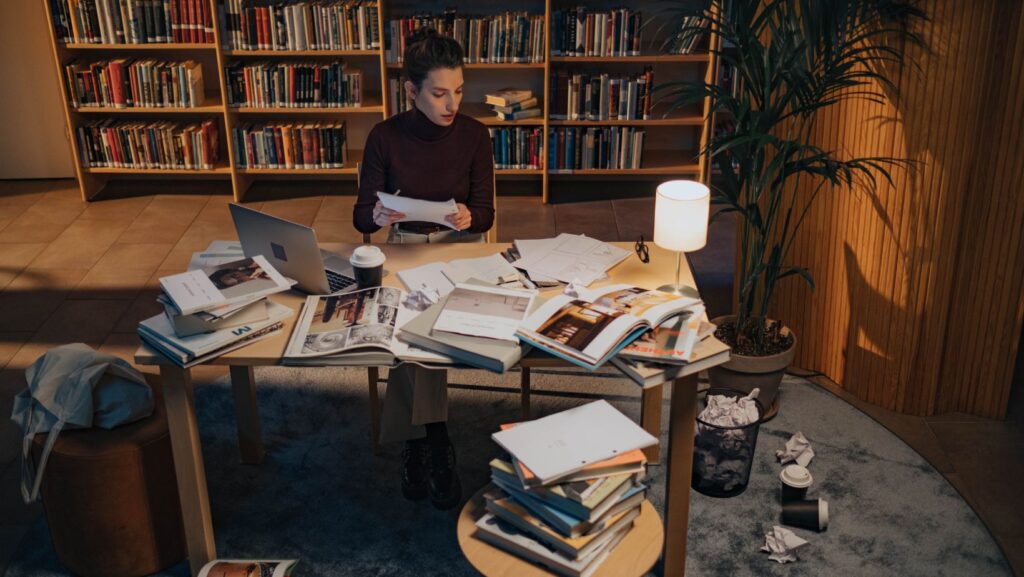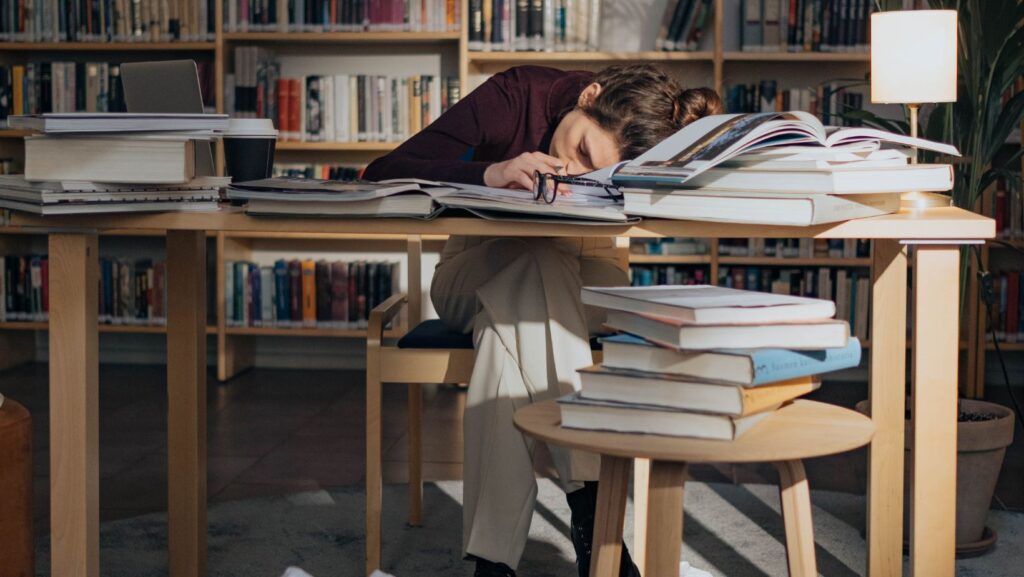In an age where digital screens dominate our lives, the idea of a home library is charming and appealing. It offers a tangible sanctuary of knowledge, relaxation and aesthetic pleasure. Creating a home library isn’t just about stacking books though. It’s about designing a space that reflects your personality, encourages intellectual growth and provides a cosy retreat from the hustle and bustle of everyday life.
Selecting the Right Space
The first step in creating a home library is choosing the ideal location. Whether it’s a spare bedroom, a quiet corner of the living room or even an unused attic, the space should be serene and free from distractions. Consider factors such as natural light, noise levels and accessibility. Natural light is refreshing, but it can damage books over time, so it’s important to have shades or curtains over your windows to protect your collection.
Choosing a Style and Theme
A home library should reflect your taste and the overall design aesthetic of your home. Below are some popular themes to consider.
Classic and Traditional: Think dark wood bookshelves with leather chairs and antique accessories. An intricate Persian rug spread over rich solid wood flooring with a vintage globe to add to the old-world charm.

Modern and Minimalist: Sleek, built-in bookshelves alongside clean lines and neutral colours. A comfortable reading chair with a modern design acting as the focal point,along with textured canvas art to add subtle elegance and depth to the minimalist design.
Eclectic and Bohemian: A mix of distinctive styles and colours. Incorporating unique furniture pieces, vibrant textiles and an assortment of décor items creates a lively, personalised space.
Bookshelves and Storage Solutions
The bookshelves are the backbone of any home library. Depending on your chosen style, you might select traditional wood shelving, metal industrial units, or modern built-ins.
Floating shelves are ideal for smaller spaces or a minimalist appearance. You can also arrange them creatively on your walls to add visual interest.
Built-in bookshelves can be customised to fit your space perfectly, creating a seamless look. They can also be designed to include cabinets for concealed storage.
Freestanding bookshelves offer flexibility as they can be moved or reconfigured as needed. They come in a variety of sizes and styles too, allowing them to suit any design.
Comfortable Seating
The point of a home library is that it’s a place where you can sit and read for hours. This is why it’s important to invest in comfortable seating that complements your library’s style.
Consider a plush armchair with good back support. You could even add an ottoman for extra comfort. For larger spaces, you could have a sectional sofa that can accommodate multiple readers; providing everyone with a relaxed environment. Alternatively, if you have the space, consider creating a cozy reading nook by a window with a built-in bench and plenty of cushions.
Lighting
Proper lighting is crucial in a home library. To create a warm and inviting atmosphere, aim for a combination of natural and artificial lighting, being careful with how much natural light you incorporate.

Use ceiling fixtures or chandeliers for ambient lighting, and floor lamps or table lamps beside your chairs for task lighting. You could even include accent lighting, allowing you to highlight your book collection and décor with LED strip lights or spotlights on the shelves.
Organisation and Cataloguing
A well-organised library looks good and makes it easy to find books. Consider categorising your books, organising them by genre, author or subject; for a more visual appeal, you could arrange them by colour or size. You can then label shelves or sections to help you find books quickly – like a proper library would!
Decorations and Accessories
Don’t forget to mix in décor items! Hang paintings, prints or photos that inspire you; gallery walls can significantly impact a space. Display items that reflect your interests and passions such as merchandise from your favourite book series or family heirlooms. You can incorporate plants like ferns, succulents and spider plants to add colour and life to your library. Make sure to include bookends, framed photos and other items on your bookshelves as they can help to break up rows of books.
